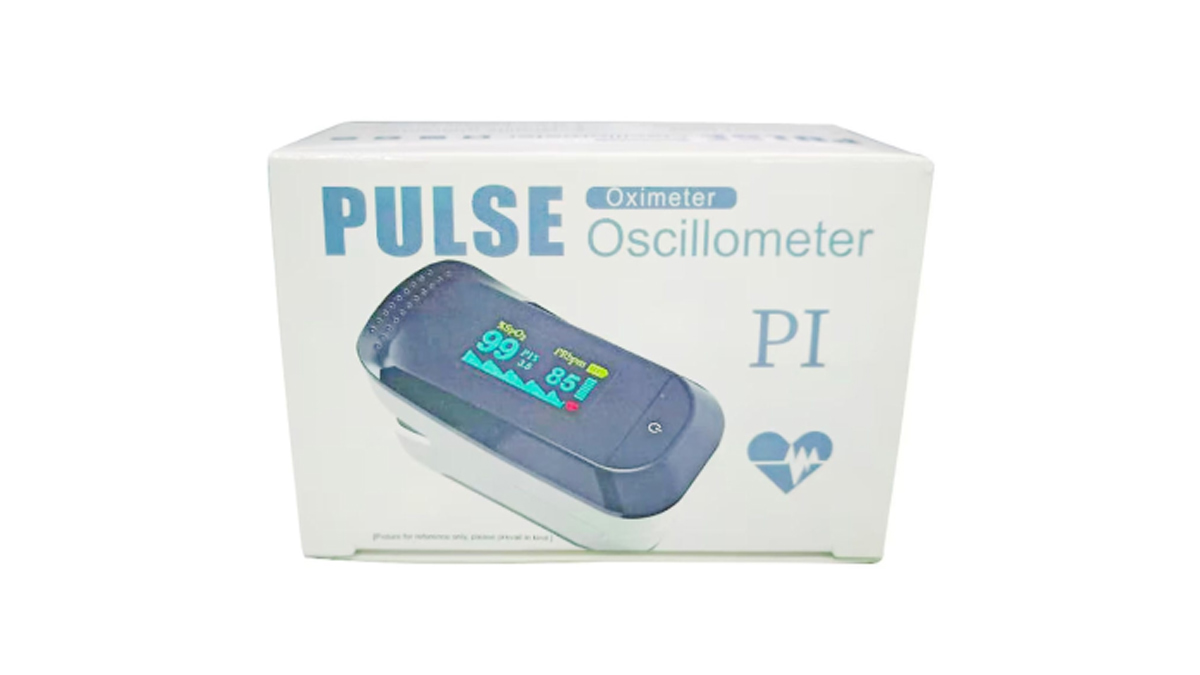
Blood oxygen level refers to the amount of oxygen present in the bloodstream. When the oxygen level falls below 60 mm Hg, it is considered low. This condition may manifest symptoms such as shortness of breath and dizziness.
Table of Content:-
When you inhale, oxygen travels through your lungs and enters your bloodstream. The level of oxygen in your blood is crucial for the proper functioning of the body. Insufficient oxygen levels can result in severe complications, highlighting its significance for overall health. Blood oxygen levels reflect the body's ability to distribute oxygen effectively from the lungs to the cells, making it vital for maintaining well-being. So, read on to learn more about the normal range of blood oxygen and how it can be monitored at home using a pulse oximeter.
Normal Blood Oxygen Level Range
Healthy blood oxygen levels typically fall within the range of 75 to 100 mm Hg. When the oxygen level in arterial blood drops below 60 mm Hg, it is considered low, potentially necessitating oxygen supplementation. Hypoxemia, a condition characterized by insufficient oxygen delivery to cells, organs, and tissues, can manifest when blood oxygen levels are consistently below average.
Oxygen saturation, which indicates the percentage of oxygen in the blood, is often measured using a pulse oximeter. A healthy oxygen saturation level is between 95% and 100%, and levels below this range may lead to symptoms like difficulty breathing and confusion.
Symptoms of Low Blood Oxygen Levels
When blood oxygen levels drop below 95%, it indicates a risk of hypoxemia. Notably, hypoxemia can lead to complications affecting vital organs like the brain, heart, or kidneys. Symptoms may include:
- Shortness of breath
- Coughing
- Wheezing
- Chest pain
- Confusion
- Rapid heartbeat
- Headache
When levels drop below 80%, cognitive and visual changes may occur. At 67%, there is a risk of developing cyanosis, noticeable as a blue discolouration of the skin, nail beds, and mucus membranes. Cyanosis may result in respiratory failure, which is often life-threatening and requires immediate medical attention.
How is Blood Oxygen Level Measured?
An arterial blood gas (ABG) test is a common method for monitoring blood oxygen levels. It involves obtaining a sample of blood from an artery, typically in the wrist. While accurate, this procedure can be slightly painful and is always performed in a hospital setting. An ABG test cannot be done at home. However, individuals can use a pulse oximeter at home to test their blood oxygen levels. A pulse oximeter refers to a small clip that attaches to a finger, toe, or ear and indirectly measures blood oxygen by light absorption through the pulse. While easier and less painful to use than an ABG test, a pulse oximeter is slightly less accurate.
How to Monitor Blood Oxygen Levels at Home?
You can monitor your blood oxygen level at home through a pulse oximeter by following these steps:
- Attach a small plastic device known as a pulse oximeter to a specific part of your body, typically your fingertip.
- The pulse oximeter emits infrared light that passes through your skin and in the blood in your capillaries. This process is painless, and you won't feel any discomfort.
- Then, the oximeter measures the amount of light reflected off the hemoglobin molecules in the blood, which helps detect your blood oxygen level.
- Within a few seconds, the oximeter displays a number indicating your oxygen level and heart rate.
It’s crucial to keep in mind that certain factors can affect the accuracy of the results. These include:
- Bright light
- Dirty fingers
- Darker skin tone
- Poor circulation to the extremities
- Nail polish
- Excessive movement
Who Needs to Monitor Blood Oxygen Levels?
A blood oxygen level test may be conducted by your healthcare provider in various acute situations, including:
- Difficulty breathing or respiratory distress
- Head or neck injury affecting breathing
- COVID-19 infection
- Pneumonia
- Carbon monoxide poisoning
- Smoke inhalation injury
- Multiple episodes of vomiting and/or nausea
- Drug overdose
Furthermore, if you have certain lung conditions such as asthma, cystic fibrosis, chronic obstructive pulmonary disease (COPD), or heart diseases, your medical care provider may perform a blood oxygen test to monitor the effectiveness of your treatment. In hospital settings, if you receive oxygen therapy, your blood oxygen level will likely be monitored to ensure you receive the appropriate oxygen levels.
Regular monitoring of your blood oxygen levels is crucial, particularly if you suffer from a chronic lung problem. Your doctor can provide guidance on the acceptable range of oxygen levels that are appropriate for your specific condition and needs. It is important to consult with your healthcare provider for personalized recommendations.
Note - This article is written by Brand Desk.
Also watch this video
How we keep this article up to date:
We work with experts and keep a close eye on the latest in health and wellness. Whenever there is a new research or helpful information, we update our articles with accurate and useful advice.
Current Version